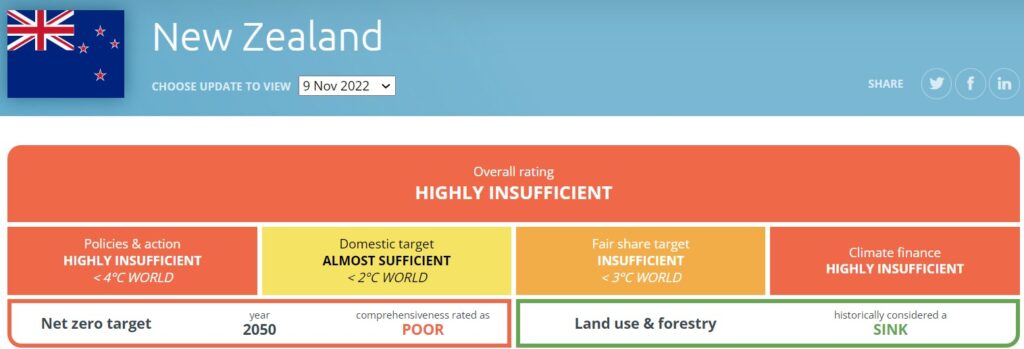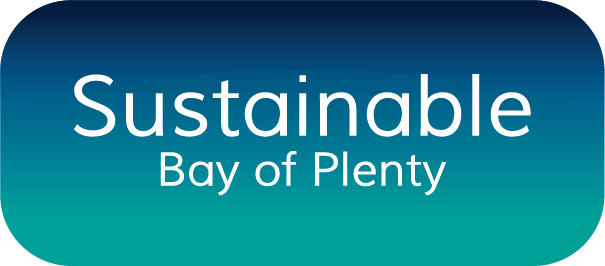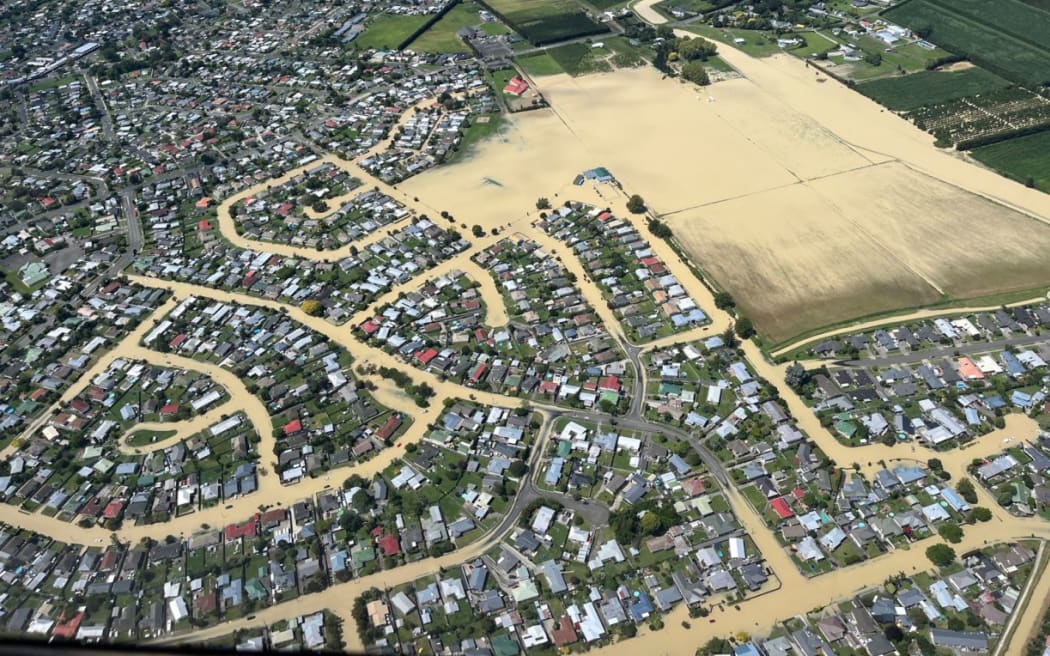President Johnson reportedly said that one of his political opponents couldn’t fart and chew gum at the same time. Looking at the lay of the land after Cyclone Gabrielle raises the question of how LBJ might describe this country’s challenge around climate change. It seems we need to walk, chew gum, ride a bicycle and juggle a number of other things at the same time – and keep earning a living while we do all that.
Cyclone Gabrielle has wreaked havoc across a big chunk of the North Island. As a result, people have lost lives and loved ones, their homes, their businesses, and their possessions. Some of the stories from some of the devastated communities in Hawke’s Bay and elsewhere are heart-breaking.
People are talking about Gabrielle as a climate change storm. It’s important to understand that it was a tropical cyclone that was caused by various meteorological factors, but global warming (especially a hotter ocean) added extra strength to the storm.
Climate scientists and many others have long been predicting more frequent severe storms as a result of climate change, and this fits that pattern. When the La Nina cycle changes to El Nino, the storm pattern will also change; then when La Nina returns again, intensive tropical cyclones are likely. This could well be our future.
We’ve already heard that the bill will be many $billions to reinstate the damaged roads and other infrastructure, and the broader economic impacts remain to be seen. Coming on the back of the government’s pivot to ‘bread and butter’ policies and its stated intention to keep spending under control, it is clear that there will not be a big government spend-up in other areas this election year.
Which brings us to the issue of carbon emissions. The collective global carbon bath is starting to overflow and we now not only need to urgently turn down the tap, but we also need to mop up the flooding. Will cutting emissions be a high priority, or will adaptation to the effects of climate change and increasing resilience take on more urgency? Can we do both at once? Who will pay for all this?
At the local level, Tauranga City Council is plodding on with its Climate Action and Investment Plan. It aims to put in place a clear plan to cut emissions and prepare for a changing climate. Its goal is to “reduce our greenhouse gas emissions in line with a science-based target and national net-zero 2050 commitments”.
Which can practically be shortened to the science-based target, because that supersedes any net zero 2050 goals. Science-based targets need to cut emissions by about half by 2030, which implies a complete overhaul in the council’s approach to climate change.
The plan itself, like many organisations’ initial climate plans, is full of future ‘workstreams’, with few concrete actions and even fewer funded actions to actually cut emissions. The City’s Commissioners were well aware of this in their recent workshop and urged more focus on cutting emissions.
So far, so good. However, there are a few ‘catches’ with this plan. One is that the Commissioners and others all acknowledge that the only way for Tauranga to significantly cut emissions is for the public to buy into the plan. Literally. And the catch is that the council intends to put out lots of positive messaging to inspire action, at the same time that there is record-low trust in the Council.
With all the driver shortages and other problems with our bus network, the unfinished cycleways, and the half-completed roading projects and so forth, it’s a hard sell right now to tempt people out onto a bike or bus, without the added problem that people don’t trust what you say anymore.
Which takes us to the second ‘catch’. This is not just an issue of perception. There may actually be valid reasons not to trust the council. The reality is that our city is investing in expensive roading projects and cycleway projects that have consistently been described by TCC as “low carbon”, but the talk about cutting carbon is just spin.
The business cases for Cameron Road and Totara St cycleway projects (here and here) show no cut in CO2 emissions. What’s more, project consultants, BOP Regional Council, NZTA staff, and even TCC staff have all confirmed that’s the case – in a council meeting in the case of Totara St project.
The insidious aspect is that we know many people (just take a look at comments on local Facebook groups to get a sense of this) who think Tauranga is getting hundreds and hundreds of $millions worth of low carbon transport infrastructure. There are councillors, MPs, business leaders, and others who’ve said to us that our region is putting $billions into a low carbon future. When in reality, it is mostly business as usual and that funding won’t slash carbon emissions.
That’s a real lose-lose. The people who don’t support climate action are frustrated because they think that’s where their rates and taxes have been going, and those of us who want genuine emissions reductions are frustrated because we know all that money will only further increase emissions!
This needs to change if Tauranga is going to have an open and honest conversation about climate change. People need to know what things will reduce emissions and which things will actually increase CO2 (including many recreational cycleways), and by how much, and at what cost.
The third ‘catch’ is that no matter what Tauranga City Council or BOP Regional Council does, many of the emissions are driven by factors out of their control. In that context, Ministers and government officials have told our region that:
– supporting growth is a high priority (that was a stated reason for having Commissioners at TCC)
– in line with that, more housing is a top priority – which practically means > 85% of that population growth will be funnelled into more high carbon, greenfield sprawl in Tauranga over the next 30 years
– to support that growth, Tauranga City Council requested, and was granted, an exemption from the government’s new wetlands regulations, enabling developers to build on Tauranga swamplands that wouldn’t be allowed to be developed anywhere else in NZ – at the same time that politicians are saying NZ should take an even harder line to protect and enhance wetlands, which sequester carbon and help to slow the flooding from big storms
– there is no intention to electrify upper North Island rail in the next decade and the government won’t reduce Kiwirail charges to try to win (back) more road freight, but there are plans for a big increase in freight to and from the Port of Tauranga – meaning much more freight on our already congested roads
– there is no plan to ban low-medium heat coal use before 2037, in spite of there being readily available alternatives, and no phase-out date yet to transition from natural gas.
– the government hasn’t even invested their ‘tax’ take from the Emissions Trading Scheme (ETS) into emissions reduction, and has gone against two Climate Change Commission recommendations to cap emissions more tightly – which means higher emissions. Meanwhile the government is investing far more than that amount of ETS funding into high carbon transport projects around the country, including several right here in the western Bay.
And now senior ministers are making statements that seem to be ‘softening’ people for an understandably big spend-up on roads and rebuilding other damaged infrastructure, with less spending for other transport and public housing initiatives. Which raises the likelihood that many transformational low carbon public transport projects may miss out on funding.
Commentators like Heather du Plessis-Allan and Chris Trotter are suggesting that this signals a step-change, whereby future NZ governments will stop talking so much about cutting carbon emissions and start actually investing in resilience. Which would mean switching focus from climate mitigation to adaptation.
There is a rational case for this approach. The current government has spent over five years talking about cutting emissions, declaring a climate emergency, and introducing legislation to reduce greenhouse gas emissions. Yet to this point there are minimal results, with ongoing increases in NZ’s emissions (after allowing for Covid), increased coal use in our electricity system, renewed petrol and diesel subsidies, and an agricultural emissions ‘solution’ that no-one seems happy with.
In the context of NZ contributing only 0.17% of global emissions and three decades worth of failed international agreements, one could argue that it’d be best to pour all our resources into preparing for a bleak future of increasingly severe storms and flooding events. After all, if we do finally slash CO2 emissions and create a low carbon nirvana here in the South Pacific, then unless big emitters (China, US, etc.) do the same, we’ll still need to fork out just as much to adapt to a changed climate.
However, as tempting as it might be to head in that direction, it overlooks the ethical considerations:
– that New Zealanders have one of the highest per capita greenhouse gas emissions in the world
– that NZ is a relatively wealthy country, so we need to be a global leader (along with Europe, Australia and North America) and thereby allow extra time for poorer countries to lift more people out of poverty and transition to a low carbon economy … which will require a slower phase-out of fossil fuels for them
– that if everyone took the same approach of saying “we’re too small”, hardly any city or country would take action – after all, that argument could apply to states in the USA, resulting in Montana or Iowa saying “we’re so small it won’t have much impact, so we’ll just focus on adaptation” … and before long California could be saying “we’re only 1% of the world’s carbon emissions, so we’re going to focus on adaptation”.
And, of course, if no-one except Europe cuts emissions by much, then climate change will almost certainly be even worse than predicted… which means much adaptation higher costs.
As for how NZ compares internationally, we are a climate laggard, not the climate leader that many think we are overseas. Take a look at this recent report from the independent Climate Action Tracker, which shows we’re tracking far behind Europe and even the USA.

In the Bay of Plenty context, the challenge for Tauranga is that many people think we’ve already spent lots of public money to cut emissions, on cycleways (we haven’t) and public transport (we don’t – Tauranga spends less than 1/6 per ratepayer what Auckland and Wellington invest into their public transport networks and far less on PT infrastructure), and they also think the government has invested heaps into cutting carbon (it hasn’t – not even fully investing the proceeds of the ETS).
Meanwhile, people don’t really see anything that makes it easier or cheaper to cut their own emissions, unless they can afford an electric vehicle. In fact, it’s even harder for many of us to cut our CO2 emissions these days.
A decade or so back the city was smaller, there was much less congestion, there were more shops in the city centre that you could easily reach by bus, there were fewer shopping malls (no Tauranga Crossing) and industrial areas (no Tauriko Business Estate), the buses were more reliable (they couldn’t even deliver a weekend schedule in the past year), there were more sports played at local grounds, and solar hot water systems were more affordable.
So what should we do? Sustainable BOP Trust has consistently given the same advice to councils, the government, businesses and others: Stop spending public money on subsiding high carbon growth projects and start investing wisely on things that will cost-effectively cut emissions, enhance resilience, and improve people’s wellbeing.
It’s not a question of mitigation or adaptation – it’s about shifting from a non-resilient, high carbon economy to a resilient, low carbon economy.
Practically, in the Tauranga context, it means we need to shift to a more sustainable, low carbon model – rather than the current SmartGrowth plan for more sprawling high carbon suburbs on vulnerable swampy land, with ratepayers effectively subsidising developers and land bankers.
It means stopping all the talk about Cameron Road, Totara St, Maunganui Rd, and Links Ave being projects that cut carbon emissions. That’s complete nonsense and TCC knows it. They need to admit those projects will actually increase emissions and then start an honest conversation with local communities about how we can change tack, to prioritise low carbon outcomes without pushing all the cost onto residential ratepayers.
And while many of us love the idea of having a regional museum or heritage centre here in Tauranga, TCC needs to make it clear that an expensive international exhibition centre and a number of council-funded heritage centres prioritises a high carbon future ahead of much-needed community facilities that support low carbon outcomes.
Yes, we need modern facilities, but building expensive exhibition centres and forcing athletics clubs to drive longer distances to a sub-optimal facility on flood-prone land is not the answer. We need to make better use of existing facilities and provide more resilient local infrastructure that meets the needs of those communities, rather than use scarce public money to attract more people to drive to Tauranga to an exhibition that would be better held in higher population centres like Auckland or Hamilton.
Sustainable BOP’s priority is to support changes to UFTI and SmartGrowth plans, so they deliver a sustainable, low carbon future for our region. Those plans need to put the needs of existing residents ahead of an unsustainable growth agenda. They also need to accept that an aging population will find it increasingly difficult to fund expensive infrastructure, and if wealthy business-people want things like stadiums and international exhibition centres, they may just have to fund them themselves.
We also have to understand that getting more people onto public transport will cut carbon and also make life better for both the bus users and the people who will still have to drive around the city. It will also add to our city’s resilience, by providing alternative travel options.
To achieve that, we need to invest in a modern public transport system that meets people’s needs and offers fast, affordable connections between all the main hubs or centres in Tauranga-Western BOP.
Finally, we need less talk and more action – knowing that if someone at Tauranga City Council calls a project “low carbon”, it doesn’t necessarily mean that the project actually reduces carbon emissions.
None of this will be easy, but we need to quickly learn how to chew gum and walk the fine line that will result in a healthy environment, healthy people, and economic prosperity.


Thanks Glen, it is clear Council has no great vision of a sustainable city, it hasn’t thought through the over-all long-term planning, how and where people will work, live and play, or decent plan to reduce pollution or transport emissions between residents versus commercial businesses. From my reading of your article is that there is a vacuum in thought leadership and strategic planning that will improve the health and wellbeing of both people and planet. Tauranga residents like Auckland will be reduced to longer and longer commute times and wondering what happened to the promises of a relaxed and simple lifestyle in the Bays.